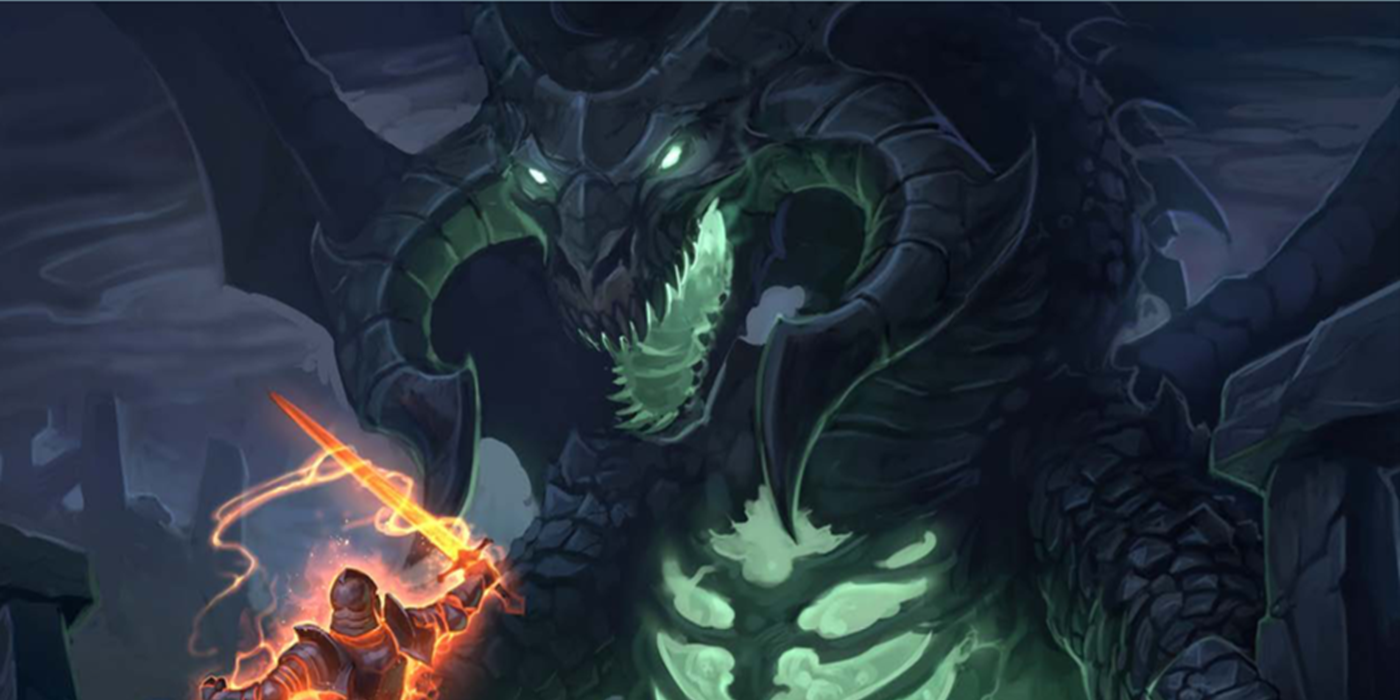D&D: Five Ways to Change Your Destiny

Sometimes, the dice are out to get you. But don’t worry, with a bit of work, you can cheat fate and your destiny.
Play any RPG long enough and you’ll become familiar with just how hateful the dice can be, at times. The dice gods giveth, and the dice gods taketh away. Sometimes your whole party lands critical hits on the major villain of the campaign. Other times you go down in a hail of goblin arrows in your second encounter because you couldn’t roll above a 3.
The point is, fate is a fickle thing in D&D. But, the game gives you the tools to change the rules. If you plan and prep carefully, you can cheat fate. Here are five different ways you can
Divination Wizard
This one’s probably one of the most satisfying ways to change your destiny in D&D. Play a Wizard, get to level 2, and specialize in Divination Magic. As part of your subclass features, you’ll gain an ability called Portent.
Portent allows you to roll 2d20 at the end of every long rest and set them aside for later. When the moment is right, you can swap in any d20 roll for one of your saved rolls. Enemy or ally. Good or bad. The best part is, it doesn’t matter what you roll. Roll poorly and you can ensure your enemies fail those crucial saves or miss those deadly strikes. Roll well and you can make sure everyone hits or saves if they need to.
The Lucky Feat
This feat is one of the best feats in 5E. It’s also one of the easiest ways for any character to change their destiny. Lucky gives you three luck points, which you can spend to roll an additional die when making an attack roll, ability check, or saving throw, with the added benefit of getting to choose which die you use for the result of your roll.
This means that even if you have Disadvantage, you can luck your way out of it by rolling an additional die, and then deciding which d20 result you want to use, instead of taking the lowest of just the 2d20. It works even with advantage when both dice come up low, or when you really just need to reroll the dice right now.
You can also use the feat to roll a d20 when someone attacks you and decide if they use their roll or your roll. But this one’s a little, ahem, dicier.
Reliable Talent
Reliable Talent is a higher-level Rogue class feature. You get it at level 11. Quite the investment. But even if the dice are cold, you’ll be doing fine. With Reliable Talent, you can treat any d20 roll of 9 or less that you make on an ability check you’re proficient with, as though you had rolled a 10. Which is a clunky way of saying, goodbye to failed skill checks.
Because Rogues tend to have a lot of proficiencies and bonuses that add up, very quickly. Especially since you add in Expertise in a number of skills.
Savage Attacker
When you can’t help but roll those 1’s and 2’s on your damage dice, the Savage Attacker feat has you covered. This feat lets you reroll a weapon’s damage and use the higher result. You can only use it once per turn, but this feat sees a lot of play in Baldur’s Gate 3 where player characters often have weapons or items that add extra dice to their damage rolls, making it potent indeed.
Halfling Luck
Finally, the last bit of luck is for some of the smallest of folk. Halfling Luck is a feature that allows you to reroll a natural 1 on any attack roll, saving throw, or ability check. You have to use the result of the second die, but it’s almost always going to be better than a natural 1.
Sure, it only comes up every so often, but when the dice are out to get you, this ability can come in handy!
This is why you should never let anyone tell you the odds.










